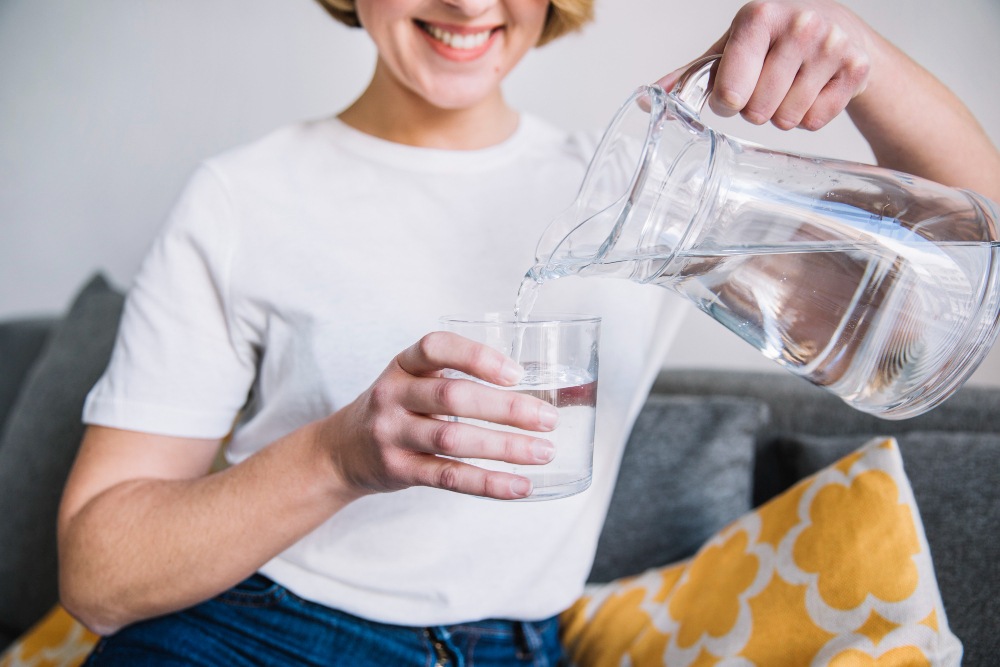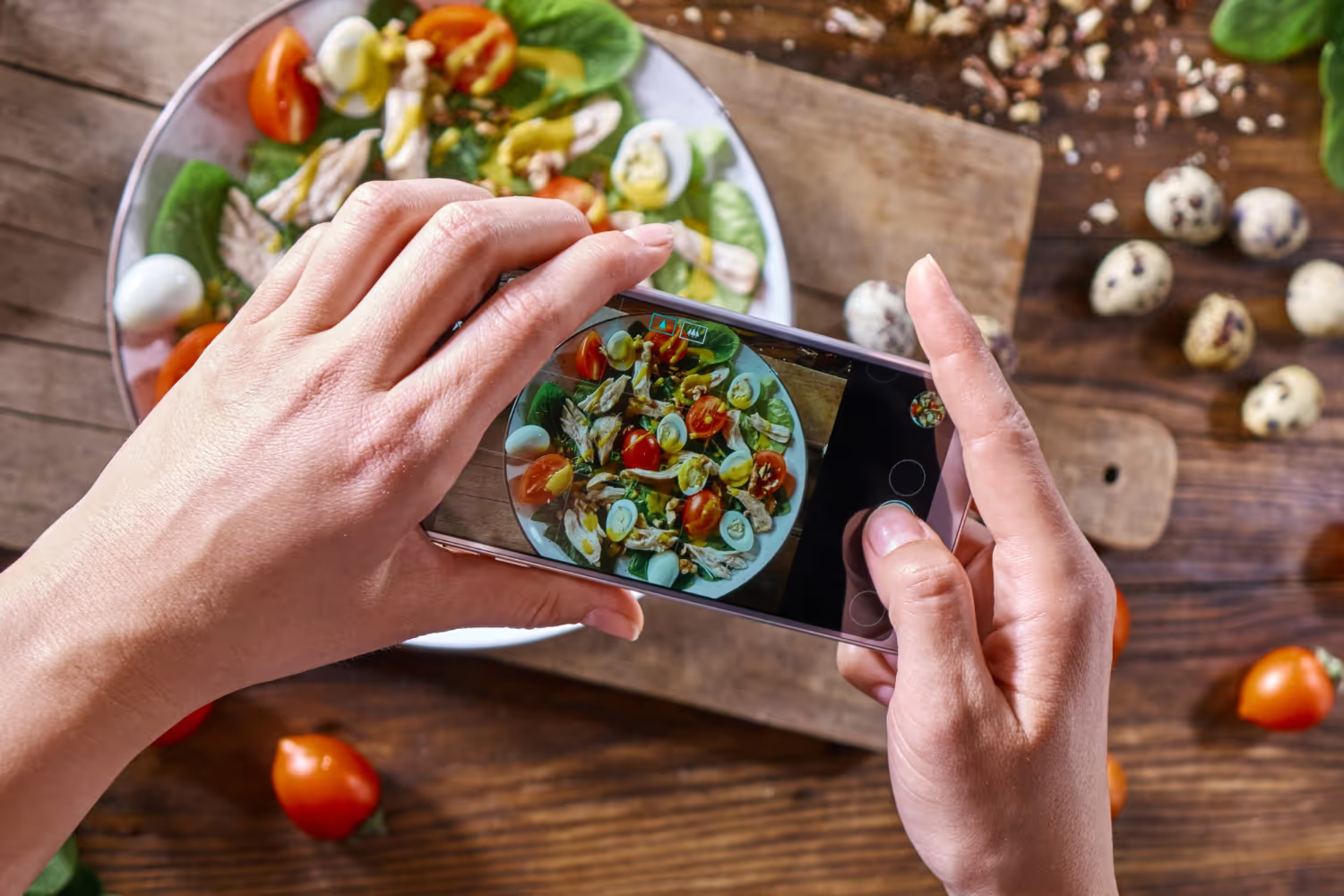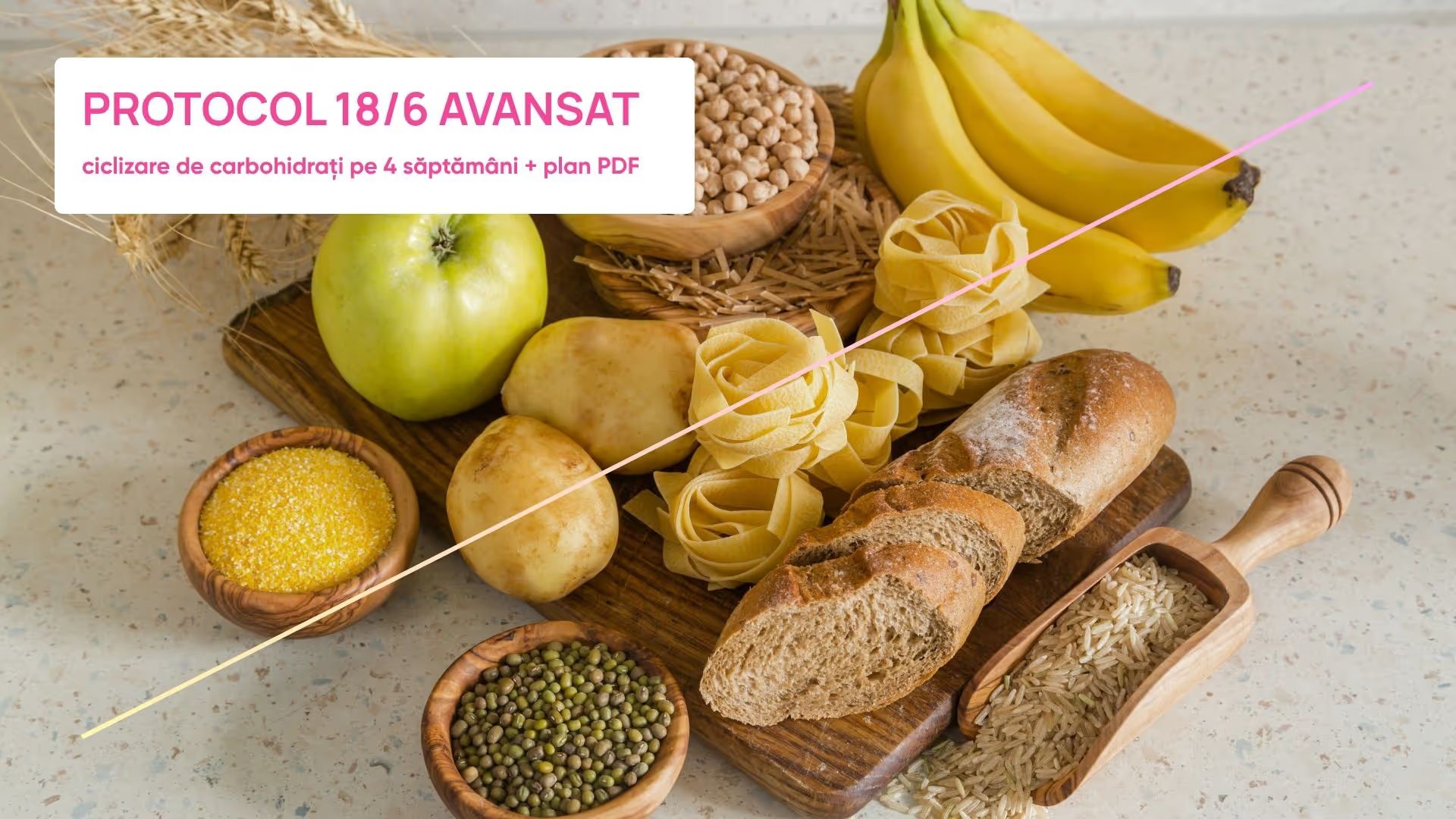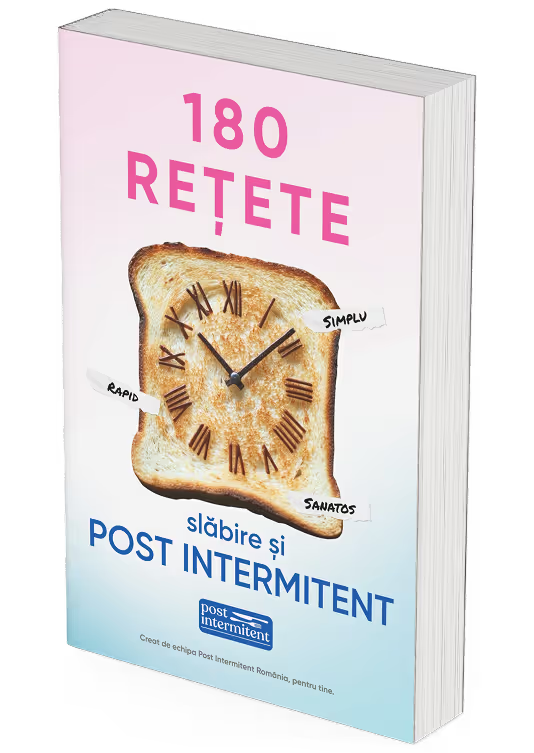Not recommended for pregnant/lactating people, with type 1 or type 2 diabetes insulinotated, eating disorders, underweight, kidney, heart, liver disease, active ulcer, minors. Talk to your doctor before trying.
1) Start with a medical “OK” + clear plan
- Make a minimal screening: tension, pulse, blood glucose (if any), history of syncope/dizziness.
- Establishes realistic duration: 24—48 h at first; 72 h only if you tolerate well. Do not prolong >72hwithout medical supervision.
2) Decide the type: “just water” or water + electrolytes
- Strict water fasting= only water (plate/mineral).
- Practical & safer option= water + electrolytes without calories(sodium in particular).
- Indicative: ½—1 teaspoon salt/dayscattered in 3—4 glasses (≈ 2.5—5 g salt ≈ 1—2 g sodium).
- If you have high tension/heart/kidney failure → notsupplement salt without medical advice.
3) Hydrate properly (without overdoing it)
- Aiming 1.5—2.5 L/day, depending on weight, climate, exertion.
- Avoid hyponatremia: too much water salt-freecan give headaches, nausea, cramps (see here the difference between salts).
- Mineral water with moderate mineral content helps comfort.
4) Choose “allowed” drinks without calories
- OK: flat/mineral water, carbonated water.
- Optional (if you do not hold a “strict” post): simple teasor black coffee(no milk/sweeteners).
- NO: juices, honey water, squeezed citrus, amino, BCAA, calorie gummies—get out of the “water post” zone.

5) Preparation 24—48 h in advance
- Simplify meals, gradually reduce sugar and ultra-processed flours.
- Moisturize yourself well, add a little salt in food.
- Last meal before fasting: lean protein + veggies + little fat(ex: fish with salad & olive oil). Avoid heavy “cheat meals”.
6) Listen to your body: normal vs. ⚠️ stop signal
- Possibly normalSymptoms: mild hunger, more intense breathing, cold, slight decrease in tension when lifting.
- Stop fasting and rehydrate/nourishif you have: severe dizziness, fainting, palpitations, persistent vomiting, chest pain, confusion, severe cramps, or low blood sugar(if you are monitoring).
7) Keep your schedule light
- Sleep well, avoid heavy workouts. Easy walks and mobility are OK.
- Get up tardyfrom the bed/chair (orthostatic hypotension).
- Do not drive/operate machinery if you feel with “fog on the brain”.
8) Keep simple records
- Make notes weight, voltage, pulse, how do you feel.
- If you use salts/electrolytes, write how much and when.
- Set a deadlineclear (eg: “I stop tomorrow at 18:00”).
9) Refeed: quitting the post is half the success
Reintroduction tardyfood, especially after >24—48 h. Here is an indicative protocol:
Short checklist (save it)
- Medical OK, clear duration (24—48 h at the beginning)
- Plan for electrolytes(fractional salt)
- Water 1.5—2.5 L/day, without excesses
- Program tenant + sleep
- Stop to alarm symptoms
- Refeedslow 24—72 h
See the difference between salts here!
Different purposes. Water fasting (24—72 h) can accentuate ketosis and caloric restriction in the short term, but it is harder and has more risks. Intermittent fasting (e.g. 16/8) is more sustainable daily and sufficient for calorie control, insulin and dietary discipline.
There is no single formula. Aims for 1.5—2.5 L/day, fractional. If you urinate excessively, your head hurts, and you feel “washed out,” you probably drink too much without salt; add a little sodium (if you're not in the salt-restricted categories).
In strict water fasting, yes—avoid. A thin slice squeezed into a carafe has few calories, but it's not “just water.” If your goal is comfort rather than strictness, you can use a minimum of flavor, aware that you are going out of the classical definition.









.svg.avif)












.avif)
























.svg)
